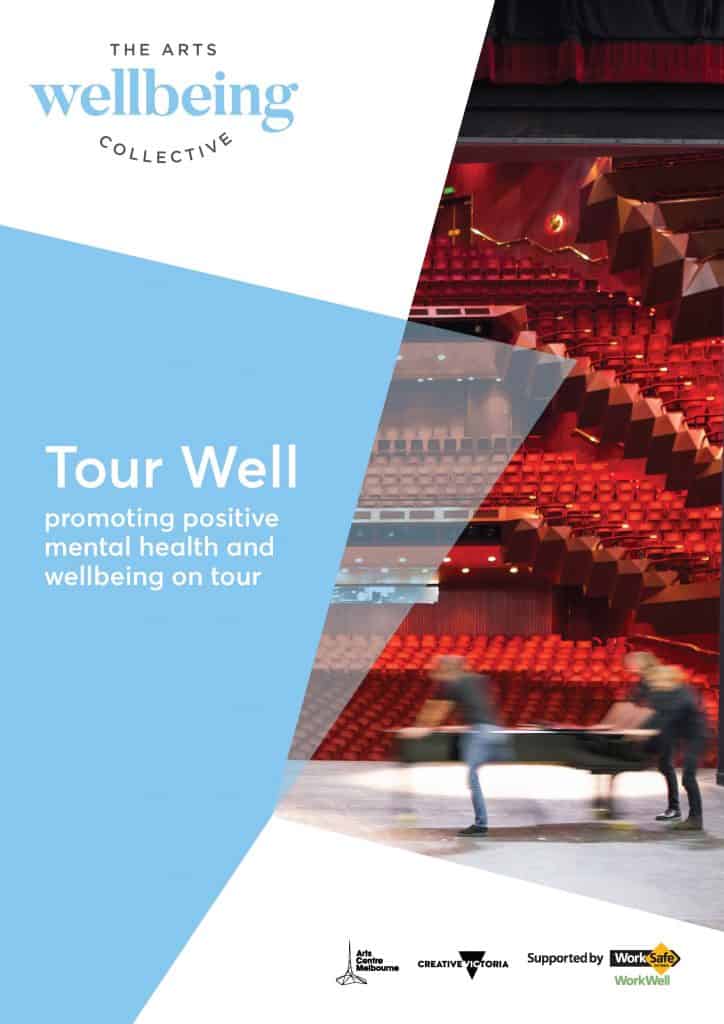One important stage in improving the safety of farm vehicles was completed on October 10 2019 with the acceptance by the Australian Government of recommendations to make Operator-Protection Devices (OPD) mandatory for all quad bikes in Australia. That decision is a substantial achievement that many have lobbied, and fought, over for many years, but it will not save every farmer’s life as quad bike use has always only ever been one part of the occupational health and safety (OHS) risks on farms.
The Australian Government’s recent announcements on this issue have also been a little odd.




